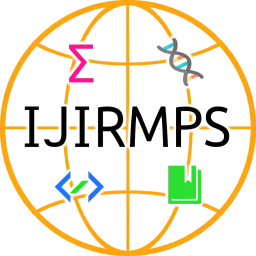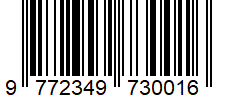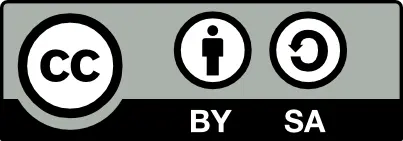Emerging Trends in ARTIFICIAL INTELLIGENCE AND MACHINE LEARNING DRIVEN SOFTWARE AS A MEDICAL DEVICE (SaMD): From Innovations to Regulatory Landscapes
Authors: Mahi Seth, Rishik Gupta
DOI: https://doi.org/10.37082/IJIRMPS.v13.i1.232182
Short DOI: https://doi.org/g86qjb
Country: India
Full-text Research PDF File:
View |
Download
Abstract: The emergence of artificial intelligence (AI) in the healthcare industry has increased novel health technology with promising features. SaMD is a software capable of performing different functions like diagnosis, treatment, monitoring, and prevention, even without the need for other hardware. AI/ML devices work on various algorithms, one is a locked algorithm that consistently provides the same output for a particular input, While the other is an adaptive algorithm that constantly updates its data concerning the real world to give more precise results. UTAUT model is a type of model that is also used by SaMD medical devices, this model works on various principles which are discussed in the article. A SaMD needs to be approved first before being marketed, there are various regulations associated with the approval and marketing of a SaMD, and different countries have different regulations to comply with. In this article, various regulations on marketing and approval of SaMD of different countries are also covered. A SaMD software known as “DIGITAL TWIN “is a software that creates a twin of a physical entity in the digital world, it helps healthcare people rule out diseases, choose treatment, and avoid potential risks. The paper concludes with two main concepts: first, the regulatory framework which gives an insight into how SaMD are marketed in various countries, and second an innovation of SaMD known as the digital twin which includes its basic concepts, need for a digital twin, and their regulations.
Keywords: Software, Healthcare, Devices, Algorithm, Regulations, Treatment, SaMD, Twin Model, Artificial Intelligence
Paper Id: 232182
Published On: 2025-02-28
Published In: Volume 13, Issue 1, January-February 2025





 All research papers published in this journal/on this website are openly accessible and licensed under
All research papers published in this journal/on this website are openly accessible and licensed under 